Our million, year and first eight years
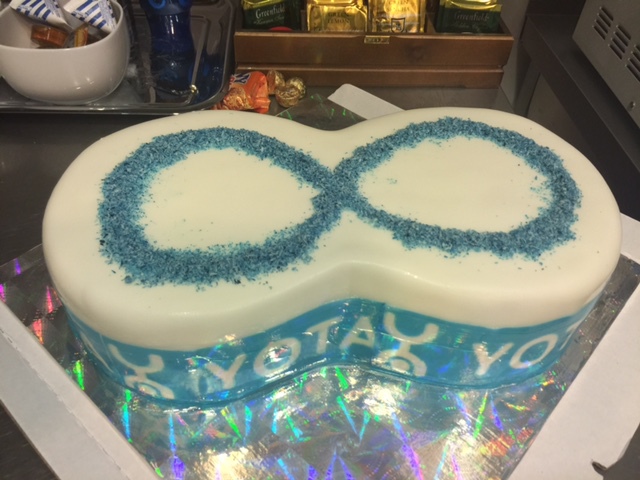
Today is a memorable date for us, exactly a year, as Yota announced the launch of voice mobile services in a wide commercial operation. A year ago, on August 13, 2014, we offered a product for a smartphone with unlimited Internet (and a little later for a tablet), and now we are pleased to announce that at the moment the user base of the mobile operator Yota has exceeded a million customers!
And recently, our company turned eight years old. Over the years many changes have taken place with us, there have been many bright events. Yota "sample 2015" is very different from the one Yota, which was established in 2007. And in honor of our year as a mobile operator and the eighth birthday, we decided to tell about the main landmarks in the history of our company.
At the end of 2006, businessmen Denis Sverdlov and Sergey Adonyev became interested in the possibility of creating an Internet operator. At that time very few people provided broadband mobile Internet access, and therefore it was decided to be the first to enter this market. And as the base technology, they chose the newest WiMAX at that time, to implement the plans, the company Scartel was created, which was to enter the market under the Yota brand.
')
Brand and logo
The founders for a long time could not come up with a suitable name for the future brand. All the proposed options were boring and unoriginal, solid cliches. In the end, Adonyev suggested the name Yota, which Sverdlov liked right away. The word was simple, easy to pronounce and resonant. "Yota" is the name of the letter I, i in the Greek alphabet. At the same time, this word is used to mean something very small. "Not a jot lost". By the way, there is also a prefix yotta, denoting the number 10 24 . So, it can be said that the company received a name that is consonant with the largest unit of measurement of the amount of information yottabyte, initially the basic principle of providing Yota services was unlimited.
To develop the logo, a tender was announced, which was won by a small London agency that offered an image with an inverted little man. It successfully embodied such characteristics of the brand as originality, joy and freedom of action.
The first steps
Preparation for commissioning lasted about one and a half years. During this time, the supplier of WiMax equipment was chosen (according to the results of technical and economic expertise, Samsung was chosen), they built fiber optic lines, created a core data network and prepared data centers in Moscow and St. Petersburg, placed base stations, established connections with gadget manufacturers and developed WiMAX- modems (while Yota Devices was still part of Yota).

Shortly before the start, an advertising campaign was launched. We immediately abandoned a large advertising campaign on TV - it was too expensive, and we were guided by another target audience.
On September 2, 2008, we launched a WiMAX network in test operation in Moscow and St. Petersburg. And exactly one month later, the world's first WiMAX phone supporting phone, the HTC MAX 4G, went on sale. It was a full-fledged smartphone running on Windows Mobile 6.1, equipped with a 3.8-inch display with a resolution of 800x480. It was designed by HTC specifically for Russia on our order.
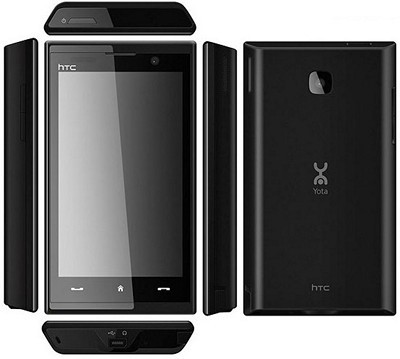
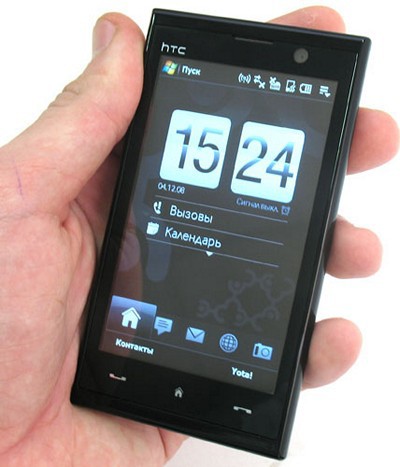
Five days before the New Year, December 25, WiMAX Express-cards for laptops appeared on the market, allowing you to connect to our network. Some time ago many laptops had such slots for expansion cards (Ethernet cards, Dialup, WiMAX and CDMA modems). But over time, the need for them has disappeared, since the range of USB peripherals has become quite wide, and the number of USB ports in technology has increased.


In June 2009, the extensive commercial operation of the Yota network began.
From the very beginning, interest in our services was very great. Providing mobile Internet with speeds of 10 Mbps was a rarity. As a result, on August 18, 2009, our subscriber base exceeded 100,000 people, and we reached an operating profit. After another two months, 150,000 people used our network, and on December 3, about 250,000 subscribers.
From the very beginning, we worked on expanding the range of devices capable of operating in our network. Only USB modems, smartphones and WiMAX Express cards were not enough, something more versatile was required. And in October 2009, we launched the Yota Egg mobile router, which distributed Internet via Wi-Fi.

At the same time, we actively expanded our network. In 2009, Yota became available to residents of Ufa, Krasnodar and Sochi.
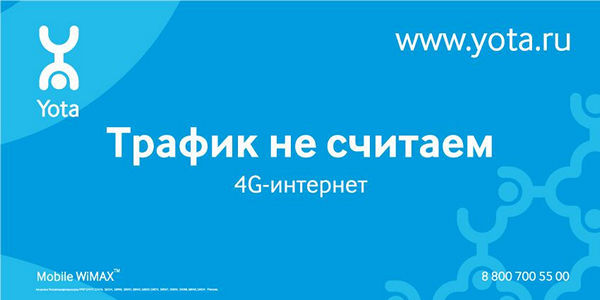
New technology
Progress did not stand still, and WiMAX ceased to satisfy all our requirements. In 2010, a strategic decision was made to switch to a new technology - LTE . Unfortunately, WiMax, which had become a breakthrough in its time, after a couple of years, ceased to meet the requirements of the market, because it did not allow providing data and voice communication services simultaneously. WiMAX's refusal to contribute to the technological limitations on the range of coverage, and not enough active development of technology by the WiMax Forum developers. As a result, the choice was made in favor of the successor of 3G - LTE.
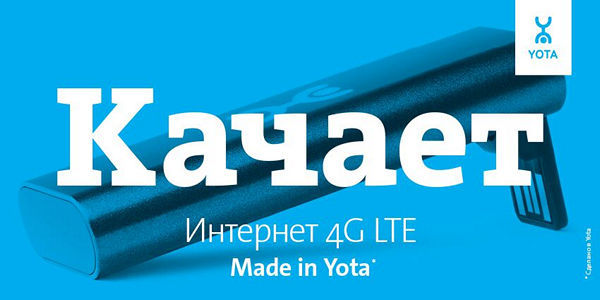
We began to actively upgrade the infrastructure and install new base stations. On August 30, 2010, we were the first to launch the LTE network in Russia, this time not in Moscow, but in Kazan - the test inclusion was successful. After some time, we signed an agreement with the “big three” and “Rostelecom” that Yota will develop a high-quality LTE network, and the rest of the operators will have the opportunity to use the created infrastructure .
In the summer of 2011, two new items arrived on the market: the Yota Many router and the Yota One modem. The devices were very successful, Yota Many is still the most popular among all our modems and routers. Also in 2011, Yota Devices came out of Yota, which began to specialize in creating gadgets, the most famous of which were YotaPhone smartphones. Since the separation, both companies have become independent legal entities that are more unrelated to each other.

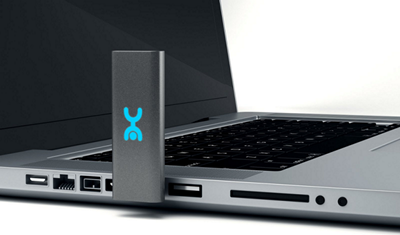
Yota Space, one of the largest non-commercial international festivals of digital art, organized by Yota in 2010, also became an important event of this period of the company's development. Its visitors could watch the wonders of multimedia technology and dance to the songs of long-awaited foreign performers.
Yota and MegaFon
Perhaps the biggest news of 2012 was the creation of the Garsdale Services holding company, which began to own 50% of MegaFon shares and 100% of Scartel shares. Looking ahead, let us say that a little later, in August 2013, the FAS approved MegaFon’s motion to acquire 100% of Scartel and Iota shares, as a result of which networks were merged.
In October 2012, Yota again became the first - this time we were the first in the world to deploy a commercial mobile communication network based on LTE-Advanced technology. This network consisted of 11 base stations. LTE-A provides data transfer speeds of up to 300 Mbps, and today this technology is available to residents of Moscow and St. Petersburg.
Fourth federal
In 2014, a new stage began in the history of our company. In addition to mobile 4G-Internet, we began to provide voice services, becoming the fourth federal operator with a beautiful prefix + 7-999. This event was preceded by a long stage of preparation and testing of infrastructure, software, linking the interaction of various systems, reaching agreements with other operators.
It is important that we became the first operator created with the active participation of customers. Almost simultaneously with the launch of the operator into commercial operation, Yota spoke about the concept of “Creating an operator together”, within which each user can submit his idea of improving the mobile operator. Once a month, our team chooses the best offers - and those that get the maximum number of votes on the yota.ru website will definitely be implemented (as, for example, it has already happened with the proposals to cancel the VPN, give the opportunity to choose and change the number and bind a bank card and others). About 60 people took part in the shooting of the video dedicated to the promotion of this campaign, including Yota employees:
In August 2014, immediately in six cities: Moscow, St. Petersburg, Vladivostok, Khabarovsk, Vladimir and Tula - the issuance of our SIM-cards for smartphones on pre-order was started. Subsequently, in October, SIM cards became available for use in tablets. From the moment of launch, we are actively expanding distribution - customers can get Yota SIM cards both in their own retail mobile operator and in Svyaznoy, Euroset and other partners, as well as order delivery by courier in a mobile app or on yota .ru. Today, Yota cellular communication is already available in 52 regions of the country, and by the end of 2015 we plan to start distributing SIM for smartphones and tablets in 23 more regions. Modems can be purchased and connected in 48 regions.
Eight years later
Many events in our life over time begin to be perceived differently. Some of them acquire a high value, others grow dull, even if they once seemed important to us. We asked old-timers what stages in the company's history were the most difficult. And in their opinion, the votes were distributed as follows:
- Launch WiMAX network.
- Unsuccessful attempt to launch voice communication on WiMAX (internal COSMOS project).
- Launch of LTE in Kazan.
- Getting frequencies for LTE.
- Switch from WiMAX to LTE.
- Starting voice communication.
Possibly, even after eight years, completely different events will take places in this “charts”. Today, we are proud that Yota has a truly unlimited Internet with no restrictions on the volume of traffic, and there are no tariffs with explanations in small print under the asterisk. In fact, we can give our customers maximum freedom - to make free calls within the network, independently change the phone number without visiting the operator’s office, fully manage their services through the mobile application and use unlimited mobile traffic.
Million customers using SIM-cards for smartphones and tablets make Yota one of the leaders of MVNO market in Russia. Over the year, the Yota app was downloaded almost two million times. The number of application downloads on Android was 70%, iOS accounted for 30%. At the moment, 28% of Yota customers pay for mobile services with bank cards through the application, and this figure continues to grow. By this value, Yota users are ahead of customers of other mobile operators, which indicates a large number of advanced audiences among buyers of SIM-cards of the federal operator.
A non-standard for the telecom market is a model of support service organization. Support for users of smartphones and tablets is carried out only in online channels: chat in a mobile application, chat on the website yota.ru, social networks, email, SMS. Of all digital support areas, more than 70% of customer inquiries are processed through a mobile application.
By the way, ∞ is an inverted 8. Eight years is a long time. At this age, for example, a child is already in the second grade. And during that time we switched to the second wireless technology, we experienced divisions and mergers, falls and take-offs. And we are not going to stop at what we have achieved, because we have not only unlimited communication, but also an unlimited number of ideas that we want to implement.
Source: https://habr.com/ru/post/264667/
All Articles